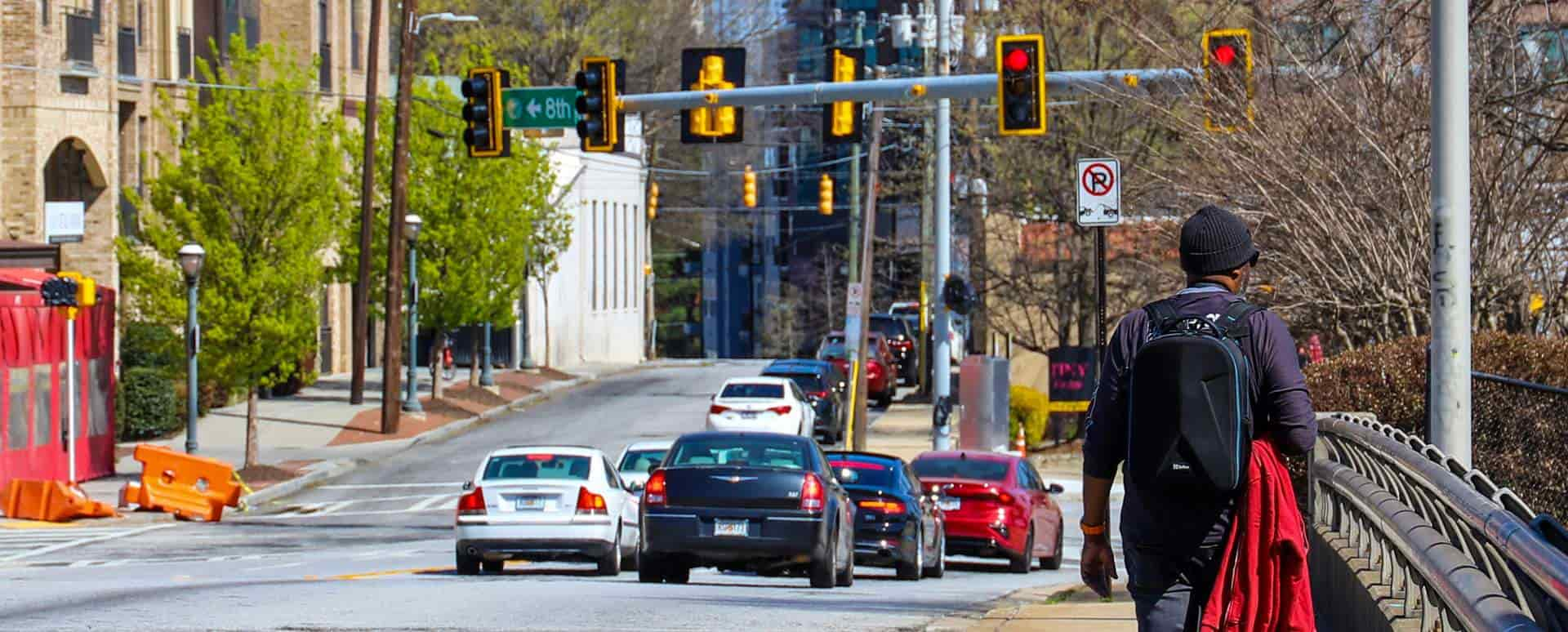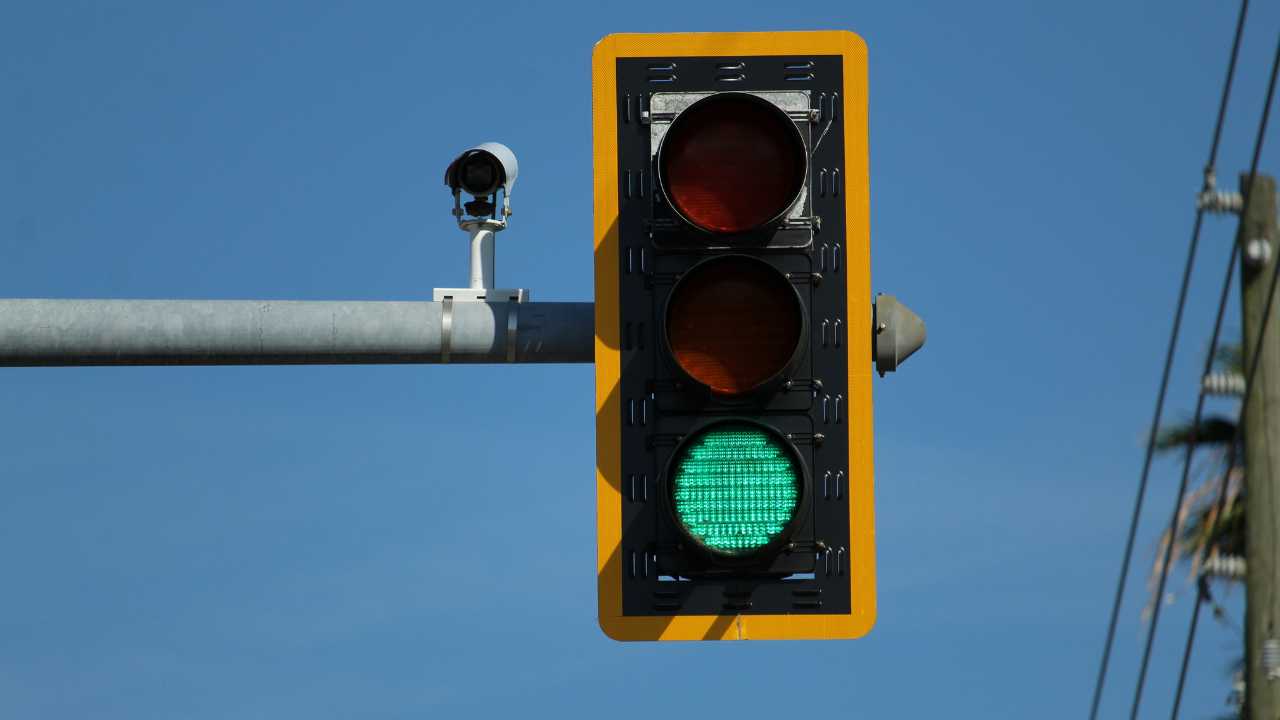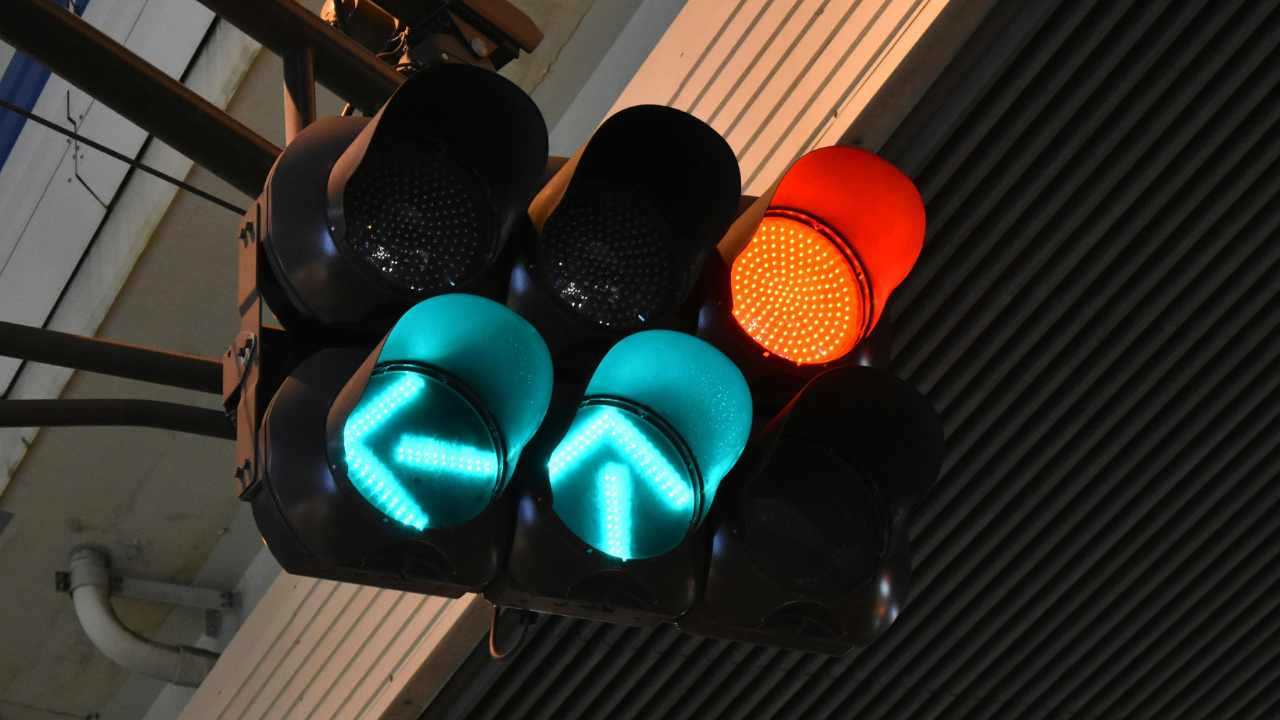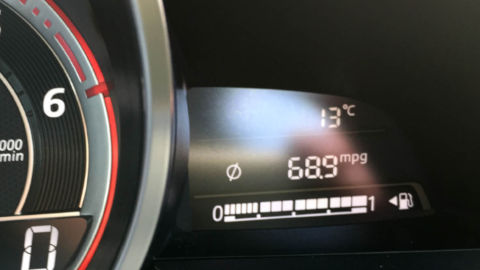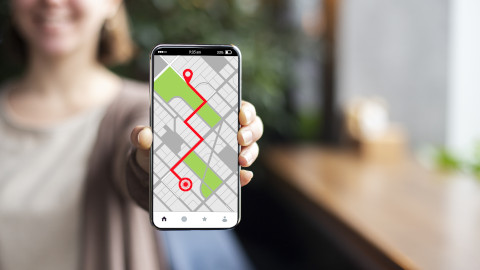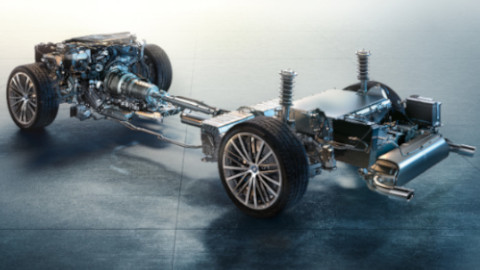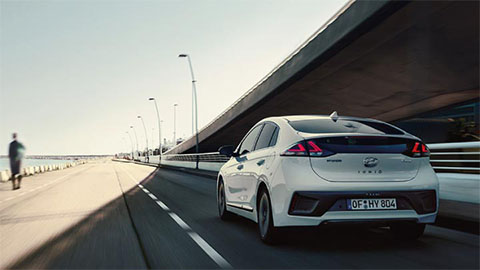What are traffic lights for?
Traffic lights are an efficient way to control traffic flow and signal to pedestrians and drivers what they should do when they approach one. It’s a safety measure that prevents accidents and fatalities daily, and help keep us safe when we’re out on the road.
For pedestrians, it’s crucial to keep an eye on the traffic lights as they let road users know when it’s safe to cross the road. Even though most of us know what traffic lights look like and the three colours they cycle through, their meaning may not be as obvious as you might think.
This article will explain the traffic light rules, how you should proceed when facing each colour of light, and the potential penalties for breaking the rules.
Contents
- What is the traffic light sequence?
- Arrow lights
- Who has priority when traffic lights are out of order?
What is the traffic light sequence?
The first step into understanding traffic lights dynamics is learning the order of which you may see the lights come up. Presuming you’ve come to a full stop and are seeing a still red light before you, the sequence will be:
Red > Red and Amber (in some locations, this could be replaced by a flashing amber light) > Green > Amber > Repeat cycle.
Red Light
A red light means you need to come to an immediate stop. In traffic, the meaning of this colour remains the same as we now know as the common sense meaning of red.
It’s crucial to follow the rule in this situation because running a red light could put yourself and other road users in danger.
Always check your mirrors to make sure it’s safe to stop the car and if you’re far enough away from the vehicle coming behind you; break in good time and make sure to leave room from the vehicle stopped in front of you as they may roll back a little when restarting for takeoff.
Remember that if you’re the first in the queue, make sure to stop before the single white stopping line. No part of your vehicle is allowed to cross it or be on it.
You're approaching traffic lights and red light is showing. What signal will show next?
The signal right after a red light is the alternating red and amber lights. They mean you should prepare to take off, but you still have to wait until the light turns green to move your vehicle.
Some locations will have a flashing amber light. This is connected to a pedestrian traffic light to guide road users when it's safe to cross.
How many points do you get for running a red light in the UK?
Failing to come to a full stop at a red light is a serious offence that could cost you money and at least three penalty points on your licence that will stay on your record for four years.
The fine for running a red light is around £100.
Failing to respond to the notice of intended prosecution (also known as NIP), could add an extra three penalty points to your licence (summing up to 6 points in total) and a maximum fine of £1,000.
Amber Light
Amber light indicates that it’ll turn to red soon. The rule here is, when approaching an amber light, start to slow down and make sure it’s safe for cars to stop in that road and that you have enough room around the vehicle.
Running an amber light isn’t an offence, and it shouldn’t cost you either money nor penalty points on your licence, but it's your responsibility to use good judgement when deciding if you can pass through the lights safely without impacting other road users.
Green Light
This is the most intuitive light of all. The green light indicates that it’s safe for you to go ahead and drive past the lights.
Make sure to follow all the safety checks, by looking at all three of your mirrors, make sure it’s safe to remove your handbrake and take off.
Red and amber lights
Unlike what a lot of people might think, red and amber lights on at the same time doesn’t mean you can start moving your car slowly and cross the solid white line. This is the light signal to prepare for takeoff.
What should you do when you're approaching traffic lights that red and amber showing together?
As previously mentioned, the red and amber light together mean you should prepare to take off if you're fully stopped. If you're still moving, you can time your arrival at the lights to the point they turn green as you approach.
This will help you avoid stopping and will help traffic flow better.
Flashing Amber Lights
Flashing amber lights are directly connected to pelican crossings and pedestrian lights.
When a pedestrian presses the button to stop traffic, the main traffic lights turn red and the pedestrian lights turn green. At this point, the right of way belongs to the pedestrians and should be respected. If the driver approaches a flashing amber traffic light and there’s no one crossing the street or waiting to cross on either side, the driver may continue through if safe to do so.
It’s important to keep in mind that, even though it may be clear to takeoff, the pedestrians crossings still have priority.
What comes after flashing amber lights on traffic lights?
Flashing amber lights come right before the traffic lights turn green. Drivers may drive through them if it's safe to do so, but pedestrians have the right of way.
Arrow Lights
You may come across a different set of traffic lights. The arrow lights, also known as filter lights, work independently of the regular traffic lights on a specific lane, and sometimes the colour of the filter light may differ from the regular traffic lights.
For example, if the main traffic light is red, but the filter light is an arrow pointing to the right and is green, you can proceed and turn right. The situation could be reversed where the main traffic light is green, but the filter is red, and in this situation you must come to a full stop.
Who has priority when traffic lights are out of order?
In the odd situation traffic lights are out of order, nobody has priority. Treat the junction as unmarked crossroads, but be cautious and look for oncoming traffic from all directions before entering.
Learn more about driving in the UK with Evans Halshaw
Whether you’re learning how to drive or just refreshing your memory, remembering the rules to each colour of traffic light is crucial for your safety and of other road users. Failing to follow the correct rules to traffic light may result in a fine and penalty points to your licence.
To learn more about driving, access Evans Halshaw blog. There, you’ll be able to find driving tips, car comparisons, and maintenance advice with how-tos.
The idea of traffic lights came from a British railway manager called John Peake Knights in the 1860s. He originally intended for this method to control railway traffic, but the idea was then adapted and eventually became the traffic lights we know today.
The cameras placed on top of traffic lights in main junctions help monitor traffic. They're motion-activated and were designed to help report on speeding and running traffic lights. If they capture you breaking a traffic rule, you could get fined and receive penalty points.

